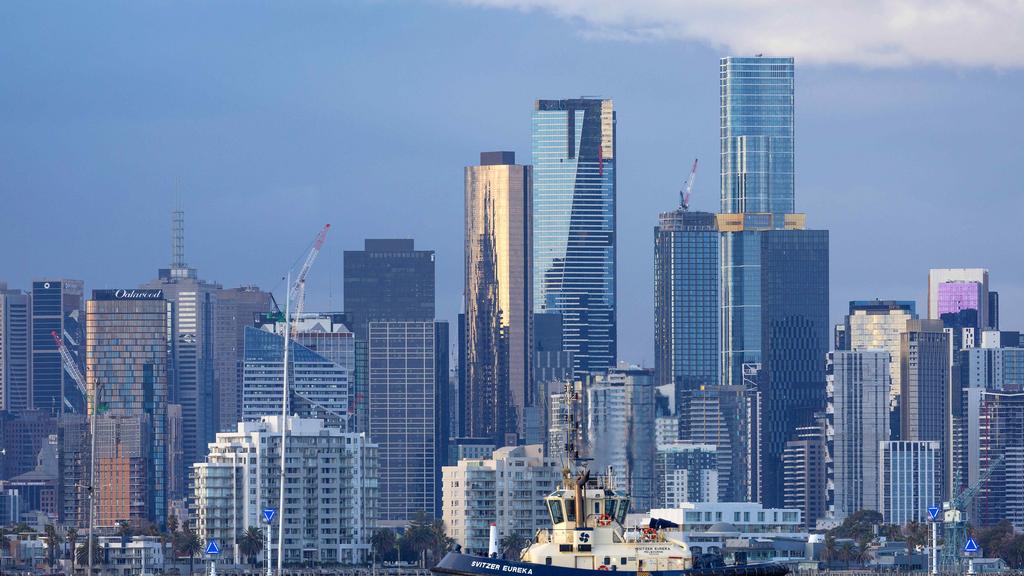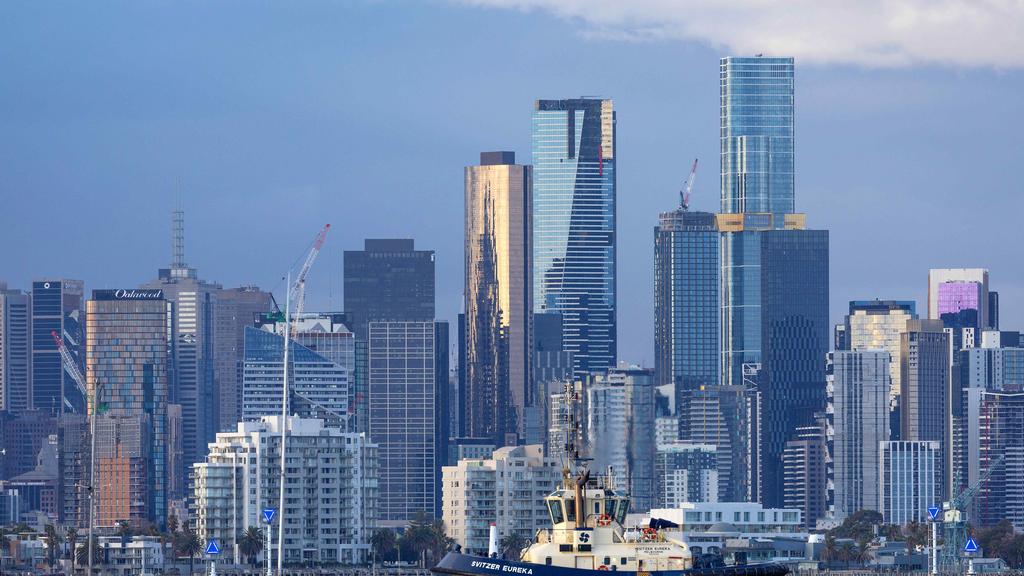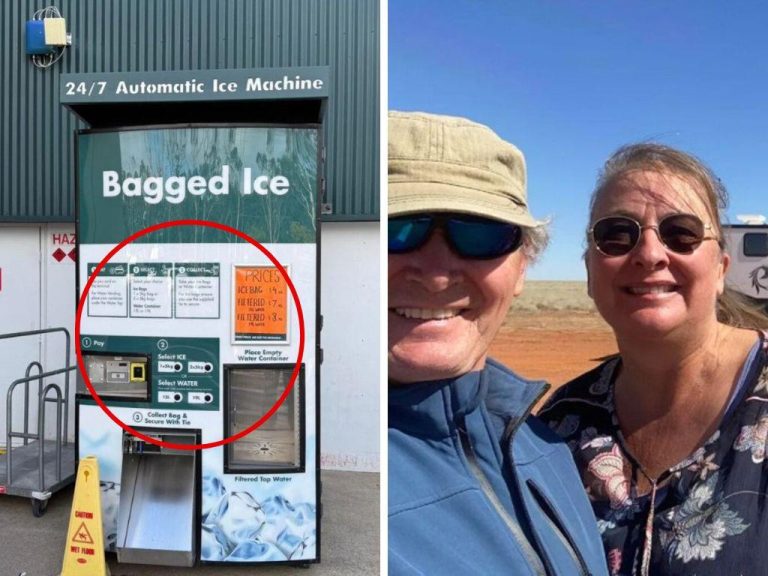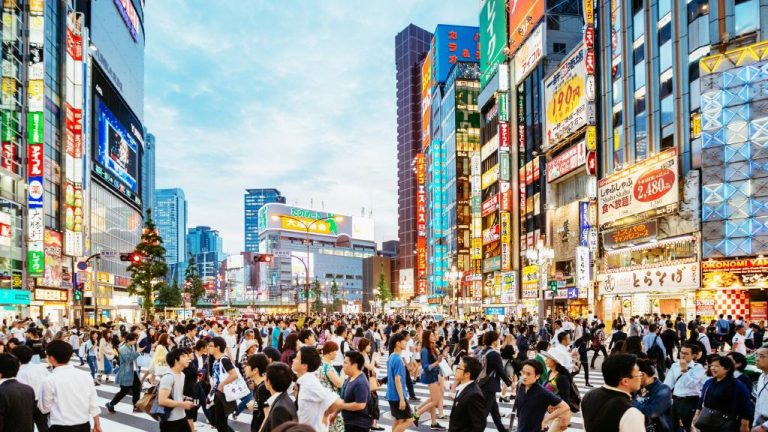Working from home sends office vacancy rates to 30 year high

Office landlords in major capitals are suffering as vacancy rates remain stubbornly high. Picture: Mark Stewart
Australia’s office vacancy rate has topped 15 per cent nationally as the market struggles to digest the supply of new towers and demand remains weak in key cities.
The vacancy level is at its highest in three decades and last hit such levels when the market was recovering from the early 1990s property crash, when it on the way down and was at 14.5 per cent in mid-1995.
The situation is very different now as offices have been through the shock of the coronavirus crisis, but ultra-low interest rates prompted developers to kick off projects just as a structural shift towards remote working took hold.
Large landlords have insisted the top end of the office market is recovering and demand for space in prime towers is strong, but lower grade and suburban properties are suffering.
The national vacancy rate increased from 14.7 per cent to 15.2 per cent in the six months to the end of June, according to the Property Council of Australia.
The increase was widespread as vacancy rates increased in both central business districts and suburban markets, with the latter segment weakest with 17.3 per cent vacancy against 14.3 per cent in CBDs.
Low supply and negative demand drove a slight increase in the non-CBD market, while new offices prompted a vacancy lift across CBD markets. Major cities are still digesting office towers that were commissioned during more rosy conditions when interest rates were lower.

Australia’s office vacancy rate has topped 15 per cent nationally. Picture: Mark Stewart
Property Council chief executive Mike Zorbas said the slew of new office supply over the last few years was part of a refresh of office spaces in our cities as tenants demand higher quality spaces.
“The continuous supply of new high-quality office space in our CBDs is a response to businesses searching out great places for their employees to work in,” he said. “Tenants are capitalising on opportunities to occupy premium buildings in prime CBD locations, with premium space continuing to see higher demand levels than lower-grade buildings.”

Property Council CEO Mike Zorbas. Picture: Martin Ollman/NCA NewsWire
The CBD markets overall recorded positive demand, but there was weakness in suburban pockets, with negative demand in key areas on Sydney’s north shore and Melbourne’s fringe market faltering. Sydney’s Crows Nest and St Leonards markets had vacancy levels approaching 30 per cent, and Melbourne’s St Kilda Road precinct is not far behind.
Other key suburban markets including North Sydney and Macquarie Park had vacancy levels topping 20 per cent, and Sydney centres including Parramatta and Chatswood were around this mark.
There were some signs of hope, with Adelaide and Melbourne recording a vacancy decrease. But Melbourne remains a problem city, as its vacancy rate only edged down from 18 per cent to 17.9 per cent.
Melbourne must deal with a strong pipeline of new buildings coming online over the next three years, and is also facing a potential exodus of employers who are dissatisfied with government plans to mandate working from home two days a week.
Big projects to come in Melbourne include Mirvac’s 7 Spencer Street and Cbus Property’s 435 Bourke Street, anchored by the Commonwealth Bank.
Sydney had an increase in its vacancy rate from 12.8 per cent to 13.7 per cent, due to high levels of supply outstripping demand. The NSW capital must soon absorb projects including ISPT’s overhauled 270 Pitt Street and Charter Hall’s revamp of 2 Chifley Square, which is filling up fast.
Even Brisbane, which is now drawing office investors, had a rise in vacancy from 10.2 per cent to 10.7 per cent, as supply increased. Perth and Adelaide also had relatively high vacancy rates at 17 per cent and 15 per cent respectively, though the SA capital reflected a fall from 16.4 per cent.
Higher quality buildings are expected to win out as the market recovers.
“We have seen a year and a half of positive demand for office space, with more businesses taking up office space than leaving behind,” Mr Zorbas said.
“Much of this demand is centred on premium and A grade buildings, with B, C and D grade office buildings experiencing negative demand over the last six months.”







